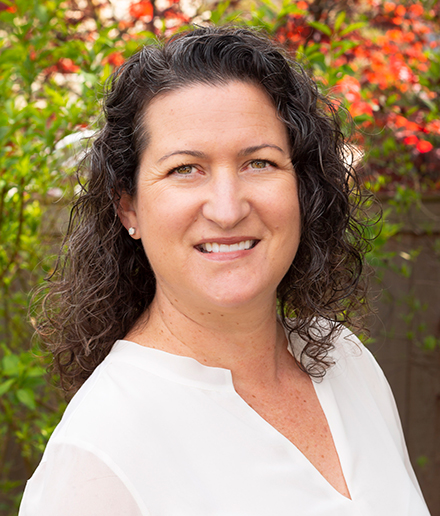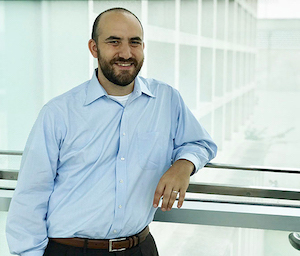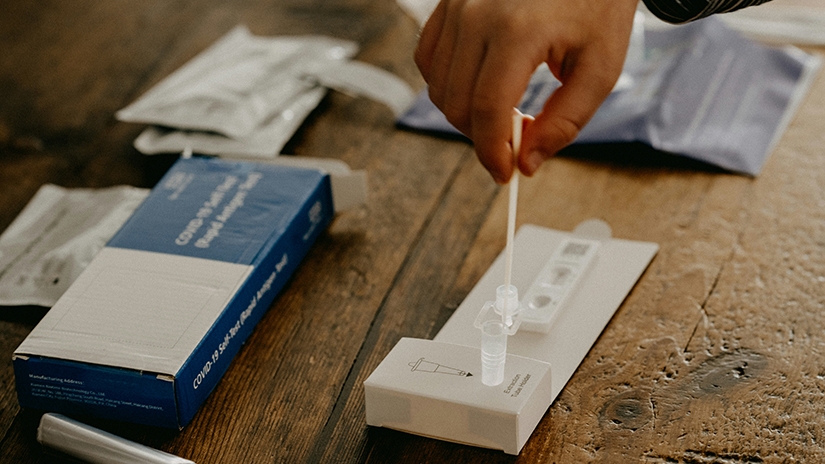Social media influencers vaping glamorously into their social media feeds are often not doing so for free. And new research suggests that calling out their pay-to-play posts as advertisements in a plain, obvious way might have an impact on young people.
A study of 200 teens and young adults used eye-tracking technology to determine that tagging vaping-related influencer Instagram posts with #ad or #sponsored was effective in grabbing attention. The study appears online in the Journal of Health Communication.
“The e-cigarette industry is paying these social media celebrities to do what they do best — shape young people’s behavior. And our study gives us some hope that placing labels on these posts might be an effective tool to discourage young people from picking up a harmful habit,” said Liz Klein, the study’s lead author and an associate professor of health behavior and health promotion at The Ohio State University.

“These people are called ‘influencers’ for a reason. They get an amazing amount of attention, particularly from teens and young adults, and when they post about e-cigarettes they typically make zero reference to the fact they’ve been paid by the industry to make these posts,” she said.
Industry-backed social media activity is considered commercial sponsorship and technically should come with a disclosure in order to comply with Federal Trade Commission regulations, Klein said. And since the study was done, Instagram and Facebook have banned paid influencer posts that promote vaping and other tobacco use on their platforms.
Practically speaking, however, most influencers aren’t tagging their e-cigarette posts as advertisements or sponsored content and there have been no details provided on how the bans instituted by the platforms are being enforced, the researchers said.
To understand how attention-grabbing the labels would be, the researchers studied the participants’ viewing patterns while the teens and young adults looked at their personal Instagram feeds interspersed with influencer posts about vaping.
Study participants spent an average of 6.6 seconds viewing e-cigarette influencer posts, and about 3.1 seconds on the area labeled #ad, compared to 2.2 seconds on the area of interest labeled #sponsored. Viewers spent about 2 seconds longer — an average of 8.4 seconds — on unlabeled influencer posts about vaping.
While the study didn’t explore how these observations might impact behavior, the findings support the idea that labels do capture attention, and that’s an important step, the researchers said.
“There’s no dispute that influencer advertising for harmful products is a problem — the question is what to do about it. Any policy response should be based on evidence. This is a first step in figuring out whether requiring paid influencers to use hashtags like #sponsored or #ads is likely to be effective,” said study co-author Micah Berman, associate professor of law and public health at Ohio State.

“What we found here is that people are noticing the hashtags, particularly — and somewhat to our surprise — the #ad one. The next steps include figuring out what people think of these hashtags and whether they have any impact on behaviors.”
Previous research has established that labeling advertising as such can have a negative impact on the perceived credibility of messages, Klein said, so it’s important for those working to decrease the use of e-cigarettes to figure out how best to leverage that in harm-prevention efforts.
“Product placement, when it’s not subtle, can turn people off. But when it’s more subtle, and disguised as non-advertising content, young consumers are likely to be more vulnerable to the messaging,” she said. “They’re essentially being manipulated.”



